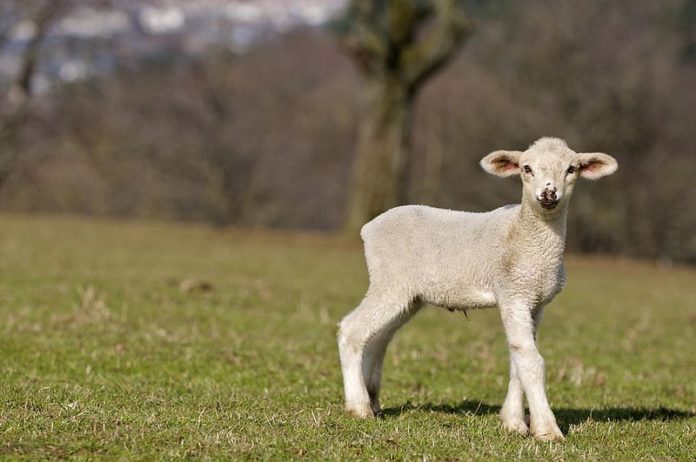
The U.S. Meat Animal Research Center, a research facility that aids the meat industry by developing more profitable livestock, has been banned from starting any new experimental projects until it has strengthened its procedures and internal oversight.
To decision to ban further practices was made after a report ordered by Tom Vilsack, the secretary of agriculture, concluded that “the facility did not fully comply with the intent or guidance within the Guide for the Care and Use of Agricultural Animal is Research and Teaching.” However, the report also stated that no evidence of animal mistreatment was found during the three-day visit to the center back in February.
Reportedly, the report was propelled by an article published by The New York Times earlier this year. The article, written by Michael Moss, detailed a number of experiments and practices that often caused the animals to suffer from illness, pain or a premature death at the center. All of the examples listed in the article were supported with either documented evidence or an eyewitness account. Although the majority of the experiments mentioned in the articled are dated, some as far back as the early 1980s, it appears the living conditions and handling of the animals has yet to be improved.
A key example of this inadequate care is the development of the ‘easy care’ sheep, one of the facility’s most recent experiments. The center decided to create a breed of domesticated sheep that can survive on its own. As part of this experiment, domesticated sheep were left to birth in fields, often leaving their new-borns’ exposed to harsh weather conditions, predators and starvation. During the last three years, the death rates of lambs have ranged between around one-quarter and one-third of the participating lambs, a percentage which exceeds the 10 percent industry experts deem acceptable.
“It should have been the best research center in the world, and it’s not,” Gary P. Rupp, a longtime director of the veterinarian teaching program who retired in 2010 to raise his own cattle, told The New York Times. “The death loss was higher than it should have been.”
Disturbingly, there have been numerous reports that detail the U.S. Meat Animal Research Center’s failure to fully consider the pain animals at the center suffer during the experiments and everyday life. Currently, the Animal Welfare Act does not protect farm animals used in research to benefit agriculture; leaving the facility exempt from the 1966 federal law that protects the welfare of animals in research and exhibition. However, “since the article was published, several members of Congress from both parties have pushed a bill to extend the federal Animal Welfare Act,” reports The New York Times.
The 30,000 animals at the center are tended by roughly 44 scientists—none of which have medical degrees—and 73 technicians and other support workers. A large number of the complaints regarding the mistreatment of the animals were from internal sources, with some of the accounts even describing the scientists as people who “seemed to be getting some kind of enjoyment out of” torturing the animals. In addition, the center also reportedly denied any and all claims made by outside animal welfare experts, many of whom had reported horrifying examples of animal mistreatment.
Since the announcement of the ban, many have expressed disappointment with the Agricultural Department’s report due to the fact that it did not address the nature any of the centers current experiments, any of the past practices detailed in the reports, or the center’s high death rates. “What was needed was not a white-glove tour,” Wayne Pacelle, the chief executive of the Humane Society of the United States, told The New York Times, “but a forensic look into how appalling abuses were allowed to occur at the center and others like it, and whether the leadership and the researchers who abused animals there should be retained.”
Instead, the Meat Animal Research Center has been issued with a set of recommendations to strengthen the center’s review panel, and has also been advised to work towards improving employee training and record-keeping.
This Article (Animal Research Center Banned From Starting New Experiments After Acts Of Animal Cruelty Were Exposed) is free and open source. You have permission to republish this article under a Creative Commons license with attribution to the author and AnonHQ.com.




